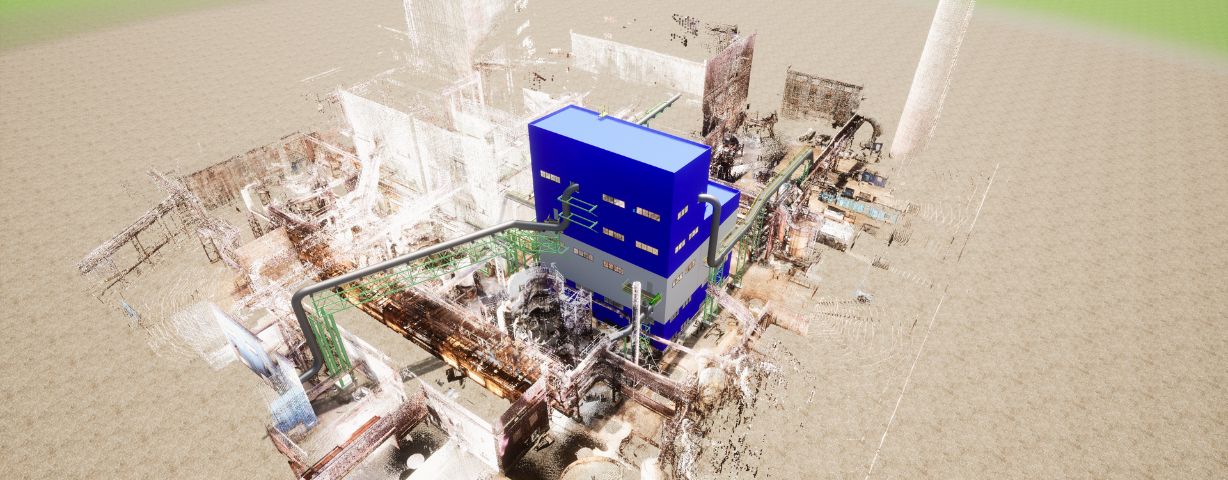When it comes to renovating existing buildings, accuracy is of the utmost importance. Laser scanning helps create detailed models that can be used to accurately reconstruct the site. This method produces high-quality 3D images that include all the details, from small architectural elements to complex engineering systems. Laser scanning significantly reduces the time required to take measurements and eliminates errors that can occur with traditional survey methods. The data obtained can be used for design, planning, and even to verify the accuracy of the work performed during the renovation process. Thanks to this approach, architects and engineers receive accurate, reliable, and scalable data that allows them to make informed decisions at all stages of the restoration.
Laser scanning also helps to increase safety during the reconstruction process. Scanning allows you to create precise data about the object, which allows you to avoid the need to carry out work in potentially dangerous places. This is especially important when restoring historical buildings, where each intervention requires accuracy and care.
In addition, thanks to the use of 3D models, Clients can more clearly imagine the final result and make adjustments already at the design stage. This significantly improves the interaction between architects, engineers and contractors, and also reduces the number of shortcomings and changes in the work process.
Laser scanning provides unique capabilities for analyzing the current condition of an object, allowing for the detection of hidden defects or damage that may not be visible during a visual inspection. This data can form the basis for developing accurate and effective strategies for the restoration and strengthening of the building.
Thus, the use of laser scanning in the reconstruction of buildings not only improves the quality and accuracy of work, but also helps save time, resources and money.
